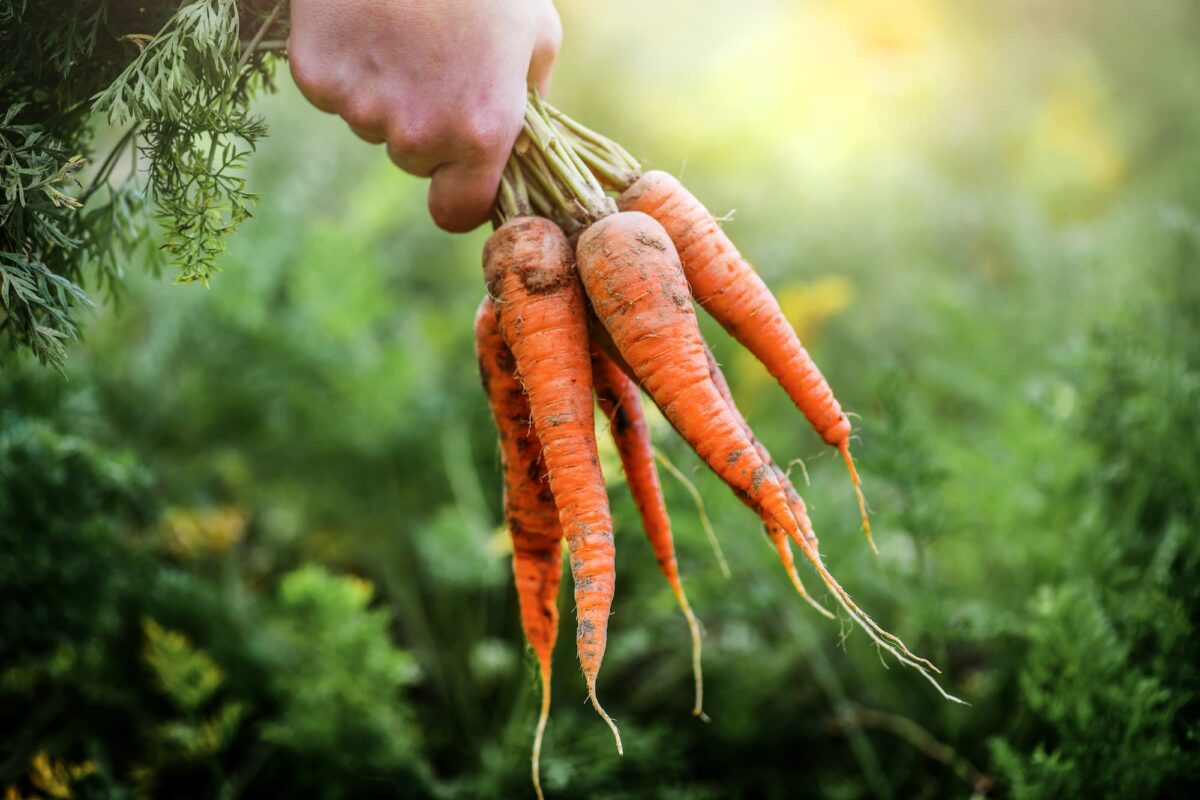Beloved roots
We Swiss consume around seven kilograms of carrots annually. Each year, carrots are up against intense competition from tomatoes and potatoes for one of the top places in the vegetable statistics. Carrots are much more local, with more than 95% of carrots grown in Switzerland, while almost half the tomatoes come from abroad.


